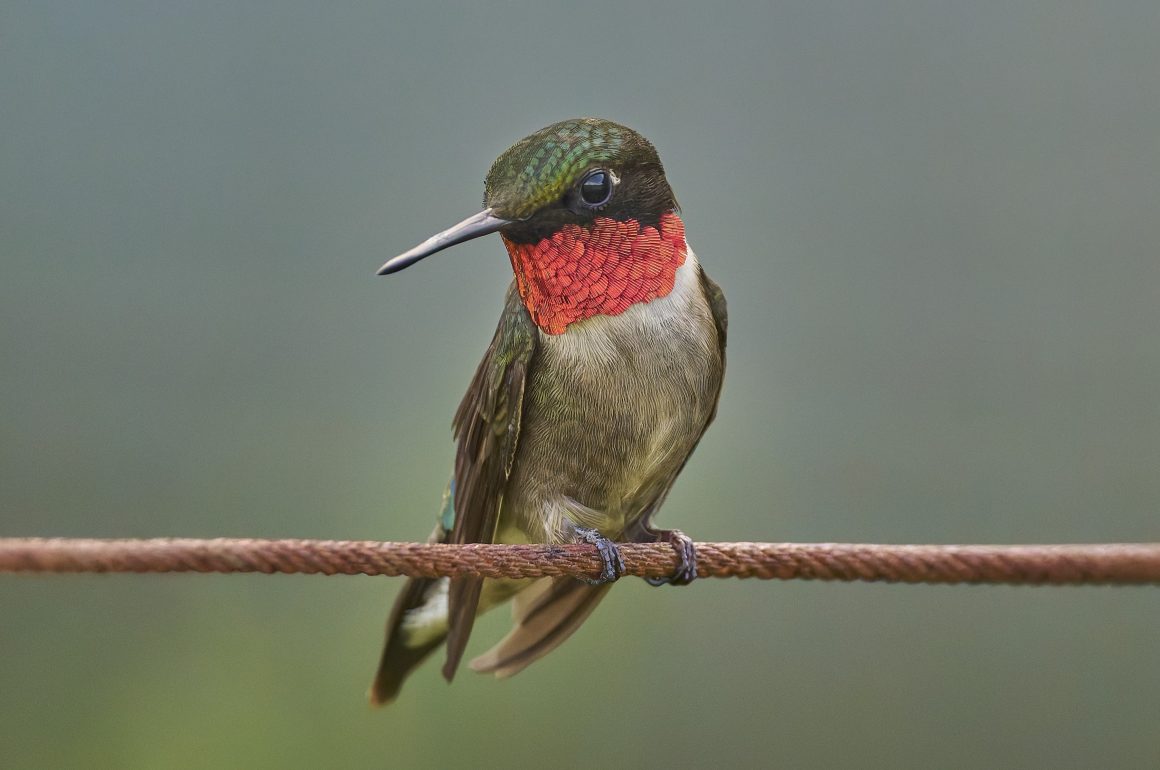
My friends and family know I am a big fan of hummingbirds. I have the art, the jewelry, even the vanity license plate to prove it. Besides being beautiful, their pugnacious and outsized personalities make them a delightful bird, in my opinion. The Aztecs considered them the reincarnated spirits of warriors and their leaders wore capes made of hummingbird feathers. Also, how can anyone not admire birds that have names like comet, coquette, topaz, magnificent and light bearer.
This made me think about my encounters with Ruby-throated Hummingbirds (pictured above) in our yard. These are the only hummingbirds that regularly occur in eastern North America. Like many people, I was used to watching birds from my window, but a male Ruby-throated Hummingbird switched that scenario on me. One spring, he flew into our yard and checked out all my seed feeders. Then, he flew up to the window and looked in at me. I had read about hummingbirds returning to yards that had nectar feeders and getting the owner’s attention so they would put it out. Although I planted for hummers, I had never had a nectar feeder, so I found that an interesting behaviour. I never expected a bird to let me know it wanted to be fed! If you want to put out nectar feeders, make sure you keep them scrupulously clean. Also, never use red dye in the liquid. It causes birth defects in baby hummingbirds.
Hummers may be aggressive with other birds, but I found them to be very tolerant of humans. I have had hummers fly up to look me in the face or feed at the flower boxes, which were by my feet on our porch. Younger birds paused over the flowers for a moment to check me out, but hunger always won and they were quick to get over their shyness. I once even stood next to a female Ruby-throated Hummingbird as she fed on hollyhocks. She ignored me, but when another hummer entered our yard, she went on the attack and chased the intruder away.

Female Ruby-throated Hummingbird
One of my most memorable moments with a Ruby-throated Hummingbird happened after it hit our window. I heard the sound of it bouncing off the window. I looked out and saw it lying in the grass. I rushed out to see if it was still alive. It was still breathing and just stunned. I leaned down for a closer look, while deciding what to do. The young hummer didn’t like that. It rose straight up from the lawn, chittering at me the whole time. It flew toward our house, stopped to make sure I was not following it, turned to chitter at me one last time, and then disappeared around the corner of our house. I came out from behind the window to help and instead was given the bird, by a bird. That is why I just love hummingbirds!
Note: All photos are from Wikipedia Commons, an online source of copyright-free photos: Ruby-throated Hummingbird by Paul Danese; female Ruby-throated Hummingbird by Dick Daniels.







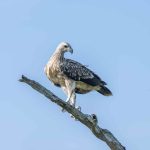
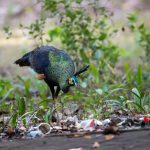

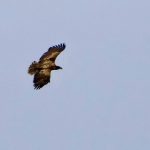

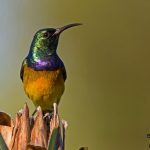
Loved your hummer stories and I am sure that many others have similar experiences!
I am not sure about the accuracy of your statement that red dye causes birth defects in baby hummers. I have followed this topic for years. Cornell states the following: “No scientific studies have been published on the health effects of synthetic dyes specifically on hummingbirds. Experts have long discouraged the used of colored feeder solutions as unnatural and unnecessary.”
This article by Sheri Williamson, author of a field guide to hummingbirds , agrees and provides an excellent summary of the difficulties in doing research on this topic. https://fieldguidetohummingbirds.com/are-there-studies-on-how-red-dyes-affect-hummingbirds/#:~:text=Some%20people%20are%20surprised%20to,damage%2C%20cancer%2C%20tumors%2C%20%E2%80%9C
And I remember reading this article by Julie Zickefoose about rehabiliting a hummer : http://juliezickefoose.blogspot.com/2015/04/red-alert-for-hummingbirds.html
Againg, thanks for your stories.
Agree with James, and he gives us additional leads to follow-up. I would never color my feeder solution red. As James and Cornell point out, completely unnecessary. Although not mentioned by Leslie or James, also DO NOT use honey! This question came up for our local hummingbird expert, from a woman who kept hummingbird feeders and who believed it would be healthier than sugar. People extrapolate from what they read about human health (also a lot of misinformation) to believing it would also be healthier for birds or other animals. My ire gets provoked when I see hummingbird feeders, in the middle of the summer when it’s 90 degrees , with dirty, cloudy sugar water. I can only imagine how rancid that sugar water is, and no self-respecting hummingbird is going to stop there. The thing is, hummingbird feeders are important stops for the birds. Gardens have so few good nectaring native plants for the hummers. So, agree with Leslie, make a good garden with native-species plants that hummingbirds can nectar from and, if you also keep feeders, clean and change your feeders frequently. My rule of thumb, every 48 hours in the peak hot months. Good post and great photos!
Just wish we had hummers this side of the Atlantic. We have to make do with Hummingbird Hawkmoths, which are great to see but hardly as exciting as the real thing.
Thanks James and Cathy for the info. I’m always happy to learn more about my favourite birds.
Convergent evolution has given “us” sunbirds in the Old World. Just as agressive and ungrateful as hummers.
Peter … I believe that Sunbirds are the long ago ancestors of hummers so I am not sure about convergent evolution but just plain evolution!
James, I am not the expert but aren’t hummingbirds non-passerines? In the end, we’re all related (which is a very cool thouight for an ugly dude like me, to be related to something pretty).
Yep … you are correct. I confused my ‘s’ birds. I found this: “Using DNA data collected from 451 birds representing 284 species of hummingbirds and their closest relatives, McGuire and his colleagues arranged the living groups in a family tree, and concluded that the branch leading to modern hummingbirds arose about 42 million years ago when they split from their sister group, the swifts and treeswifts. This probably happened in Europe or Asia, where hummingbird-like fossils have been found dating from 28-34 million years ago.